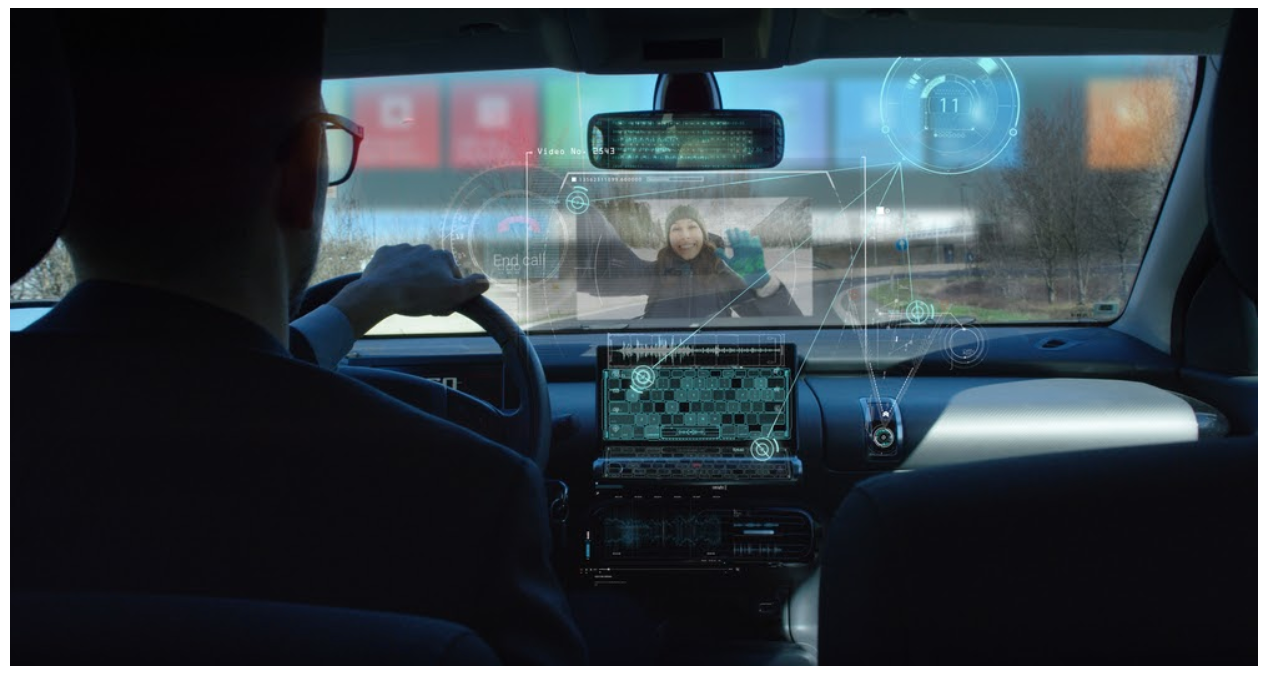Cars are becoming more urban, and manufacturers are producing vehicles with features that can help you mitigate or avoid a collision in almost any situation, as AAA reports. In addition to automatic seat belt reminders and airbags for passengers sitting in the back, the added safety features are quite advanced and make driving safer.
Thanks to car safety technology, driving is becoming much safer these days. A good car stock photo will help you visualize your impeccably safe automobile even as you explore the auto world and learn more about the advanced safety systems for your car. Here are the latest car safety systems out there, how the features work, and why you need them in your vehicle.
Table of Contents
Adaptive Cruise Control (ACC)
The ACC helps regulate speed and braking to maintain the required distance between your vehicle and the one in front. Sometimes, the ACC can stop the vehicle and re-accelerate it when there is a safe distance between cars.
Attention Monitoring Systems
These features observe your responses, looking for signs of drowsiness. Attention monitoring systems vary between models – some cars give visual warnings to the driver while others trigger an alarm or rock the seat.
Warning Systems
The advanced warning systems alert you to an impending crash and help you steer the vehicle out of the way. The warning features include:
The Blind Spot Warning system signals a warning of the presence of cars approaching from rear adjacent lanes.
The Forward Collision Warning feature senses a frontal collision is about to happen and signals you. The latest features include object or pedestrian detection.
The Rear-cross Traffic Warning system alerts you to vehicles approaching from the side, out of rear camera range while reversing.
Because you may have trouble spotting people, animals, or objects in the dark, the Night Vision feature uses a sensor to show objects beaming on the road as you approach them.
Advanced Braking Systems
Manufacturers are also advancing braking systems to improve safety on the road.
For instance, more cars are offering the Autonomous Emergency Braking (AEB) feature that detects potential frontal crashes and automatically brakes to avoid or reduce the severity of a collision.
Likewise, the High-speed Automatic Emergency Braking (HAEB) feature automatically applies brakes to mitigate crashes when the car is speeding. Also, the City Automatic Emergency Braking (CAEB) automatically engages the brakes to avert or lessen the severity of a crash while moving at city speeds.
Lastly, the Rear Automatic Emergency Braking (Rear AEB) is featured to detect possible collisions when driving in reverse and avoid or mitigate the impact’s severity. Some rear AEB contains pedestrian or object detection as well.
Lane-keeping and Centering Assistance
These systems function to signal you to the fact that your car is drifting from its lane. The features include the Lane-keep Assist that helps drivers to get their vehicles back onto their lanes if they start veering off. Also, the system consists of the Lane-centering Assist that helps keep your vehicle positioned between the lanes and signals you if your car is moving away from the lane marks.
However, despite having so much valuable technology built within the latest vehicle, the responsibility to drive safely is squarely in the hands of the driver. Drivers must always obey the rules on the road and care for all other road users.


